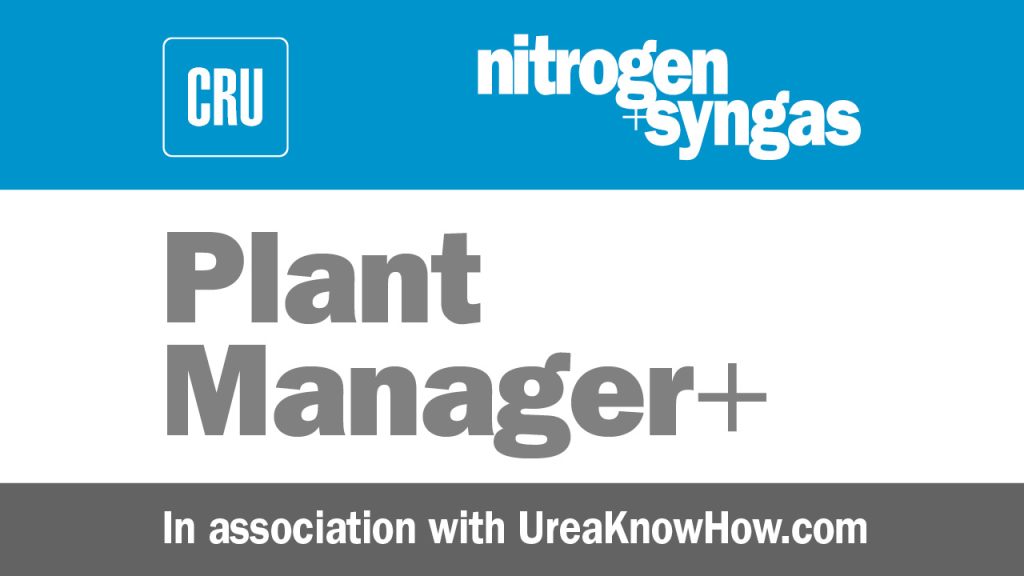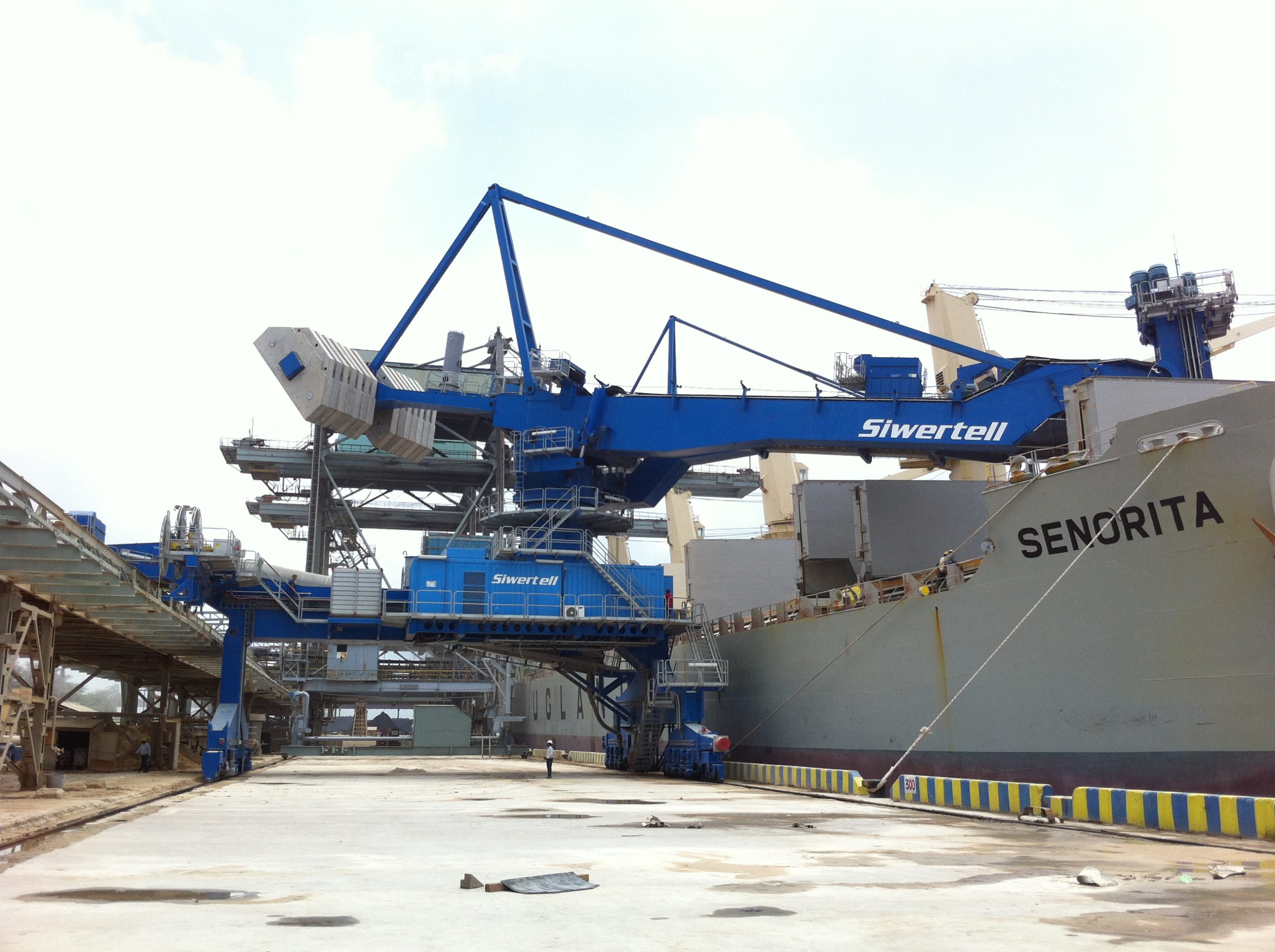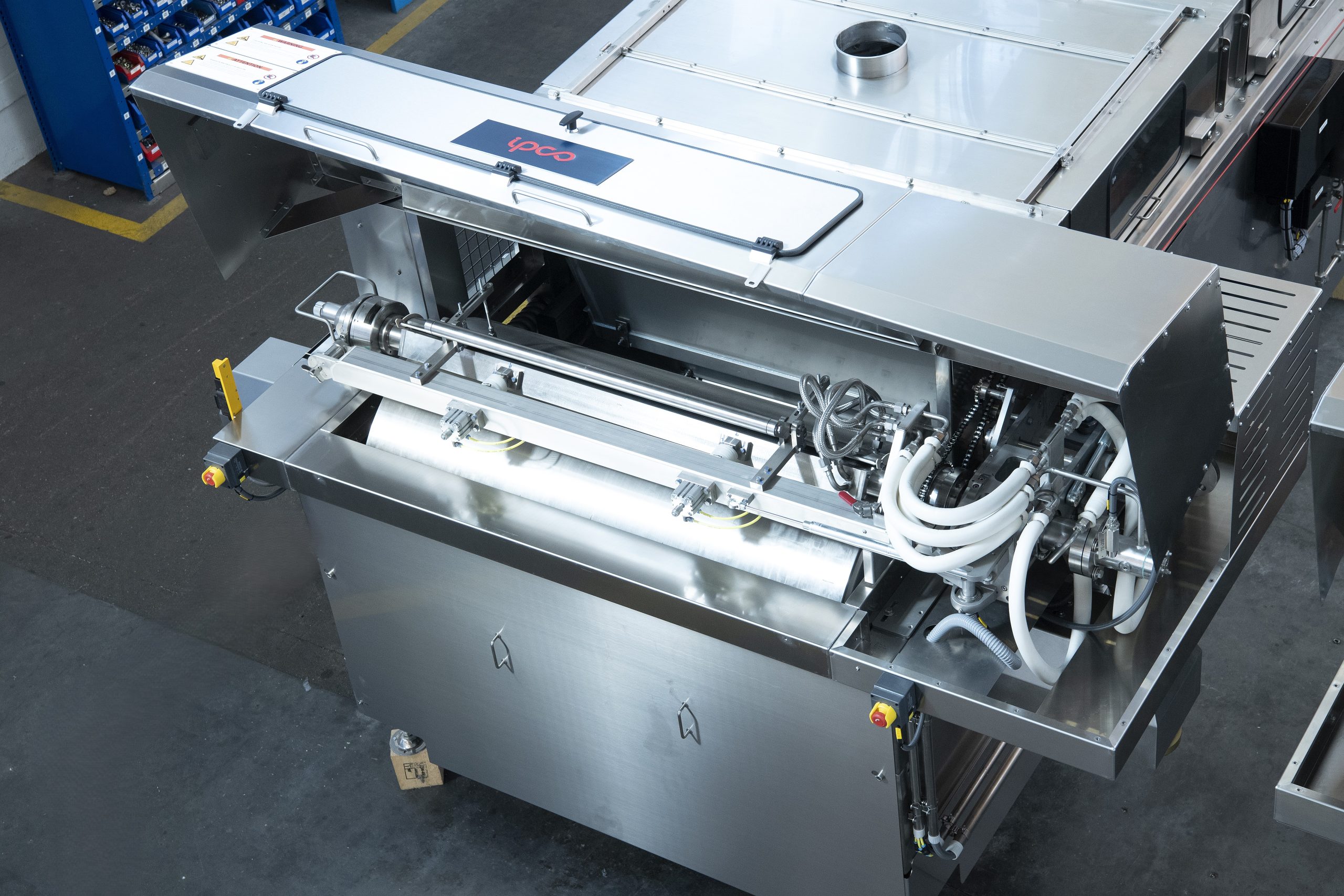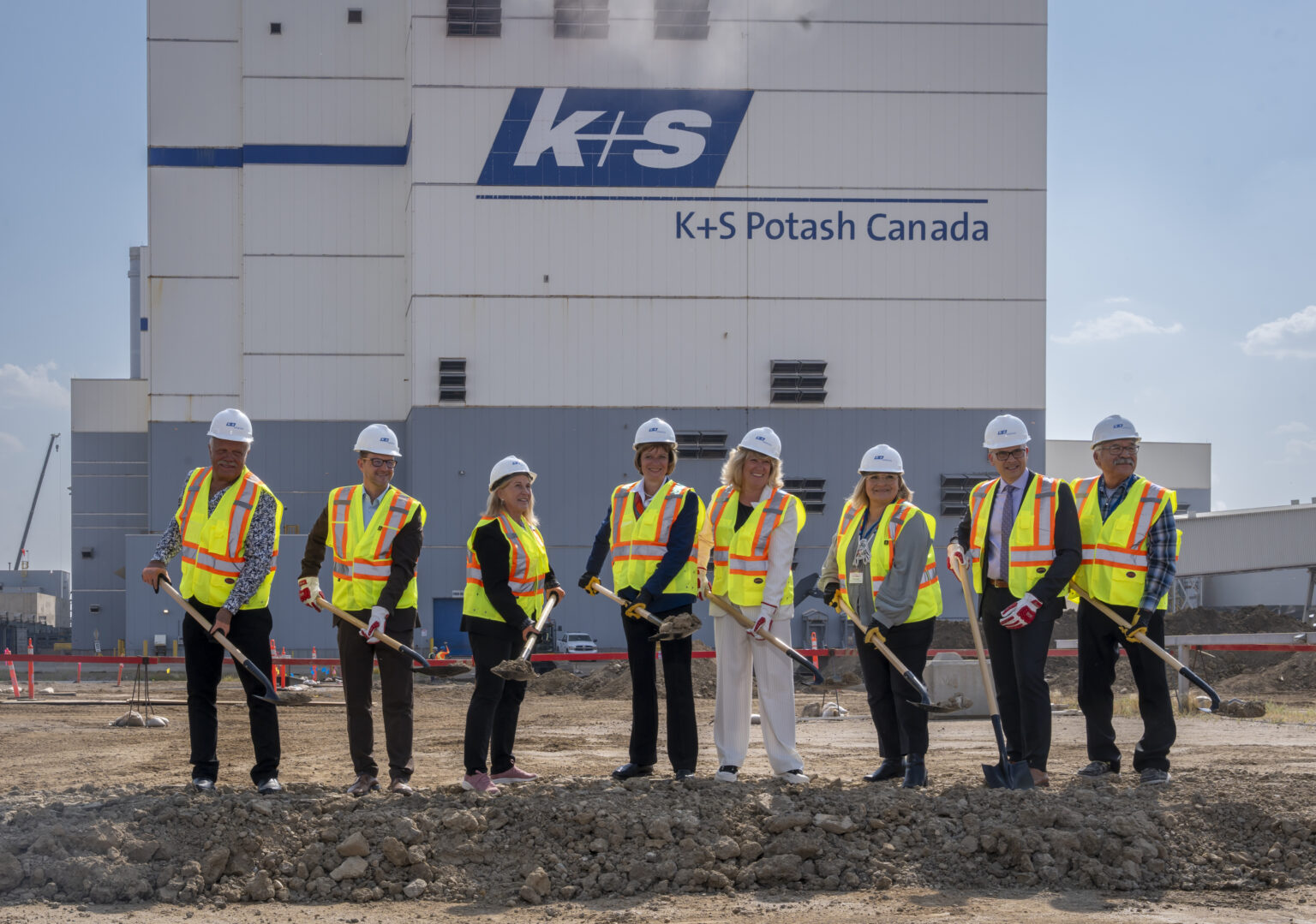Nitrogen+Syngas 311 May-Jun 2011

30 June 2011
Problem No. 6: Choking of urea fluid bed granulator nozzles
The nozzles used in urea fluid bed granulation form the most essential part of a fluid bed granulation plant. Each licensor has developed its own specific nozzles and its features have a significant impact on the performance and efficiency of the granulation plant. Common to all nozzles is the mixing of urea melt with air although in which way the mixing is taking place differs widely between the different technologies. In Uhde Fertilizer Technology’s fluid bed granulation, the nozzle produces tiny droplets which solidify and join the seed material by an accretion process leading to a very hard granule. Stamicarbon’s fluid bed nozzle produces a layer of urea melt, which solidifies on the seed material forming an “onion” kind of granule leading to a very spherical shape. In Toyo Engineering Corporation’s fluid bed granulator each nozzle forms a spouted bed, where vigorous mixing occurs, leading to round, uniform granules. Urea Casale applies a nozzle, which generates very fine droplets due to the fact that in the nozzle an emulsion of urea melt and air is formed, which is sprayed out of the nozzle. The very fine urea melt droplets make it possible to apply a urea melt feed with a higher water content to the granulator as the water is able to evaporate from the fine droplets.
This round table discussion discusses the problem of nozzle choking: What are the causes and solutions? From several rounds of questions and answers the problem area and a most likely root cause has been identified, which could solve the problem for urea producers.

Mr Saadat Motamedi of Operations at Pardis Petrochemical Company in Iran introduces to the round tables his problem with choking fluid bed urea granulation nozzles and asks: What do you think is the cause of the choking as shown in the picture? Is it from the urea melt or atomisation air stream and why?

Mr Prabhat Srivastava of TATA Chemical Limited in India replies: Seeing your pictures it is my assumption that it may be possible that a particular nozzle gets partially choked and the urea melt/air mixture could not exit with the desired velocity.
Mr Ramchandra Nesari, Freelance Consultant in India adds the following valuable information: The choking of the nozzle can be due to the following reasons: Trapping of foreign material in the spray nozzle internals may result in a change in the atomization profile of the urea melt. Once this starts, the choking of the nozzle starts building up and finally the nozzle gets choked completely. Also, sometimes, the internals of the nozzle get damaged due to foreign material which also changes the atomization profile of the urea melt.
That is why the atomization profile of nozzles in a row is normally observed through an inspection window and any malfunctioning nozzles are noted down. Choked nozzles are inspected during a short shutdown of the granulator and choked nozzles/internals are replaced with spare nozzles. What were your observations of choked nozzles/its internals?
Mr Mark Brouwer of UreaKnowHow.com in the Netherlands posts some more questions: A very nice topic and good discussion. I would like to ask a few more questions:
Is this problem at certain plant capacities only?
Did this problem occur in the start up period of the plant or only after a certain period?
How long can you keep the granulator running before this problem becomes too big. Is this problem determining the operating time between stops?
Mr Majid Mohammadian of PIDMCO in Iran also adds some questions: In addition to Mr. Brouwer’s questions please let me know the following: After what period of time were you faced with the problem?
How many chocked nozzles did you find in each bed?
As you know the type of choking in nozzles varies, so which is most typical?
Mr Saadat Motamedi replies: The problem started after only two days in service. There were four choked nozzles in each bed. After opening the atomisation air stream line, we realised that we had a special type of congestion (choking) that could not be solved with steam condensate and has the characteristics of plaster.
Mr Majid Mohammadian asks further: Did you find the choking problem in the main header of the atomisation air or in the inlet of choked nozzles?
Mr Saadat Motamedi replies: Choking was not in the main header but it was at the inlet of the choked nozzles. Mr Majid Mohammadian adds: In case you found the reason I think you can solve the problem because you should look for poor distribution or the reason for insufficient air on those nozzles.
Mr Ali Azhar of Technical Services of FFBL in Pakistan: Referring to your comment “we found a special congestion (choking) that could not be solved with steam condensate and has a characteristic like plaster” I have the following question: Is this some sort of plastic or jelly-type material normally used for sealing purposes? RTV?
Mr Mark Brouwer adds some suggestions: It is also possible that there is a mechanical problem. For example, in the event that urea melt leaks into the injection air, it will cause the injection air to slowly clog. Proper attention needs to be paid to the Teflon closing rings. For example, always use new ones when installing a nozzle and use sufficient Teflon tape when installing the nozzles in order to ensure proper tightening. Another possibility is that debris is present in the atomisation air, but this typically happens only in the first weeks of operation. The things to do is clean the atomisation air pipes by hydro jet to remove the biuret and check the individual sprayers for urea leaks. If the problem occurs on only one nozzle and you find a leak it is merely an incident. If you have several problem nozzles, you should check all nozzles and do a leak test procedure.
| This series of discussions is compiled from a selection of round table topics discussed on the UreaKnowHow.com website. UreaKnowHow.com promotes the exchange of technical information to improve the performance and safety of urea plants. A wide range of round table discussions take place in the field of process design, operations, mechanical issues, maintenance, inspection, safety, environmental concerns, and product quality for urea, ammonia, nitric acid and other fertilizers. |






